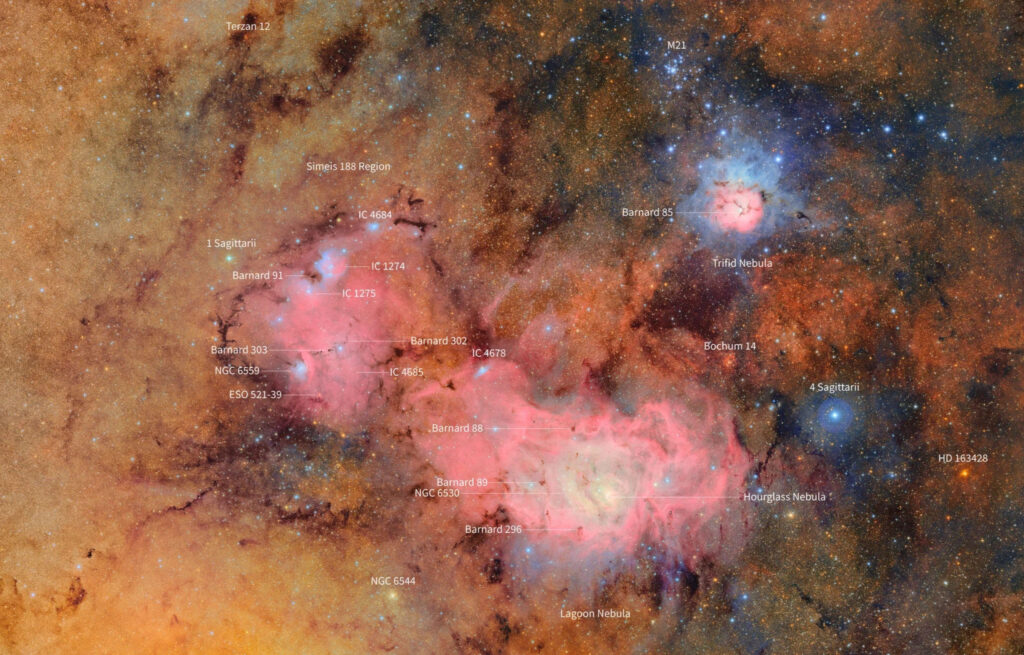
Phenomenal Photography: New Advancements in Astronomy

As beholders of beauty, many people enjoy “capturing a moment” on film to preserve its image. CatholicTech is grateful for the technology that makes it possible to record a video of a Papal audience or to snap a photo of a Roman monument. Recently, the Vera C. Rubin Observatory in Chile made a mark in photographic and astronomical innovation by using the world’s largest digital camera to capture objects in space.
Planted in the Andes region atop Cerro Pachón, a Chilean mountain, the Vera C. Rubin Observatory is the fulcrum for the country’s celestial research. On June twenty-third of this year, the observatory released impressive shots of stars, galaxies, and nebulas. Equipped with novel scaling capabilities, the 3.2 gigapixel camera captured high-resolution images of cosmic phenomena. Among the celestial objects detected in the pictures were the sprightly Lagoon and Trifid nebulas. Detecting a nebula, a collection of gas and dust, is a notable feat as these structures are said to be the breeding ground for new stars. The massive camera also captured the Virgo Cluster. Situated 65.23 million light-years away from the Milky Way, the galaxy home to planet Earth, the Virgo Cluster is a colorful collection of many varied galaxies.

The Vera C. Rubin Observatory is named after an American astronomer from Philadelphia, Pennsylvania. Vera was a pioneer in the field of astronomy who demonstrated a strong interest in the sciences from an early age. Her research yielded fruitful findings of the existence of dark matter. This bright astronomer possessed both intellectual gifts and persevering grit in the face of adversity. It is fitting that an observatory named after an impactful figure such as Vera would facilitate such groundbreaking research.
While stationed in Chile, this prominent facility garners the attention of international organizations. The Vera C. Rubin Observatory is funded by the U.S. National Science Foundation and the U.S. Department of Energy. There is a pressing need for brilliant minds from around the world to collaborate in their discovery efforts. Perched in Castel Gandolfo, home to the Vatican Observatory, the Catholic Institute of Technology is proud to be contributing to the advancement of astronomical discovery. As members of the universal Catholic Church, we join our brothers and sisters in Christ around the world in uncovering truth for the betterment of humanity.





